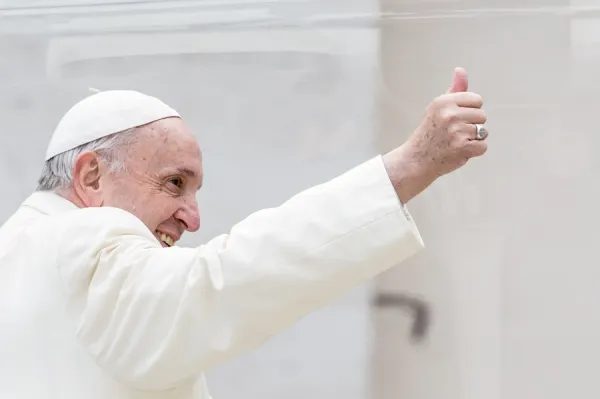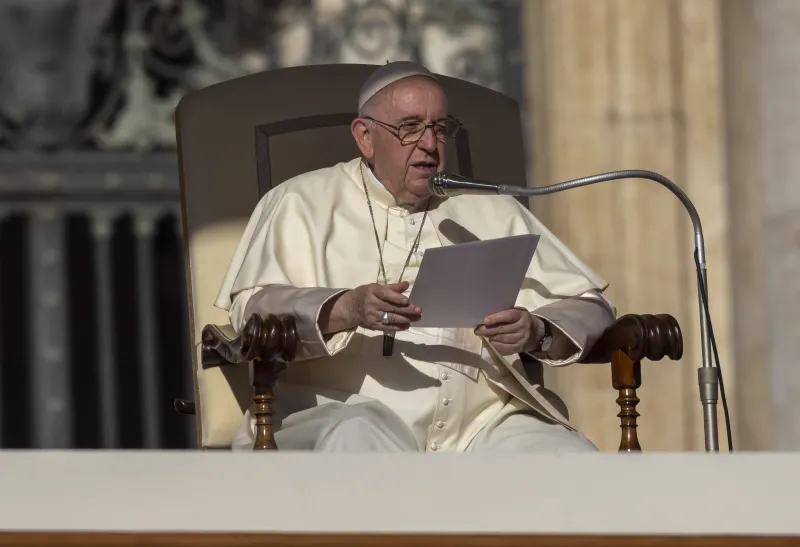
Why Rome? Why has Rome, along with the rest of Italy, been the home of so many saints and blesseds throughout the history of the Church?
It’s impossible to arrive at a precise total for the number of Christians who have died as martyrs since our Lord’s Passion and Death, 1 but calculating the number of non-martyrs2 is much more straightforward. And in that calculation, Rome and Italy easily beat every other country in our modern world. Modern Italy can boast a grand total of 1077 non-martyr saints3, greatly exceeding modern France, at 720. For comparison, younger countries like the US can only claim 13 non-martyr saints and blesseds, while even Catholic Ireland can only name 49.
Granted, some of the saints included in Italy’s total include holy men and women who merely happened to die in Rome. Saint Ignatius of Loyola (whose feast day is celebrated on July 31) and Saint Bridget of Sweden (July 23) were certainly not Italians. But, like many other founders of religious orders, they chose to live in Rome for many years so that they could collaborate with the Vatican while governing their new orders.
But Italians have founded many religious orders too. For example, Saint Clelia Barbieri (July 13) was born in nineteenth century Italy and established a religious order of teaching sisters that continues to this day. Blessed Luigi Novarese (July 20) founded multiple associations to care and pray for the sick and disabled in the twentieth century; he also knew four popes.
Speaking of our 266 popes, ten popes who died during the month of July are considered saints or blesseds. Those men are: Blesseds Benedict XI, Eugene III, and Urban II; Saints Adrian III, Celestine I, Leo II, Leo IV, Pius I, Symmachus, and Victor I. All were born in Italy, except for Urban II (France) and Leo II (Greece).
Some Italian saints were famous during their own lifetimes. When Saint Benedict of Norcia (July 11) died in 547, he was known as a miracle worker and had founded multiple monasteries in Italy, all following the Rule of Life that he developed. Three Doctors of the Church celebrated by the Church in July were born in Italy: Saints Bonaventure, Laurence of Brindisi, and Peter Chrysologus.
But not all Italian saints were known outside of their hometowns during their lifetimes. The people of Città di Castello knew that the abbess of their local Capuchin Franciscan convent was holy; today we call her Saint Veronica Giuliani (d. July 9, 1727) and honor her for her mystical gifts, which include the stigmata. When Blessed Pier Giorgio Frassati died of polio on July 4, 1925, few people outside of Turin knew his name. But thousands of residents of Turin showed up at his funeral because Pier had quietly helped hundreds of poor people in the city with his own hands during his short life.
Modern Italy has given birth to martyrs as well. Saint Maria Goretti (July 6) died heroically in 1902 while resisting a rape attempt; years later she appeared to her killer in a dream and forgave him, which led to his complete conversion. Blessed Luigi Lenzini (July 21), who was only recently beatified, was a parish priest who was tortured and killed by Italian partisans after World War II because he publicly opposed communism.4
The ecclesiastical writer Tertullian famously wrote to the persecutors of Christians in the third century, “The oftener we are mown down by you, the more in number we grow; the blood of Christians is seed.”5 Or, as he is more commonly quoted, “The blood of the martyrs is the seed of the Church.” Perhaps that is one key to understanding the astonishing number of Italian saints.
In July of the year 64, the Roman Emperor Nero blamed Christians for causing a fire that destroyed two thirds of the city. The Roman historian Tacitus described the brutal deaths of this “immense multitude” of Catholics in detail in his major work, The Annals.6 Saints Peter and Paul were also executed in Rome around this time.
Rome had the largest population of any city in the ancient world for centuries and was a thoroughly pagan and decadent city. Despite that fact, many Romans, both Jews and Gentiles, embraced the Gospel, both before and after it became an act of treason to become a Christian. Even Catholics who are only moderately familiar with the lives of the saints can recount stories about the brave martyrdoms of Saints Agnes, Cecilia, Justin, Lawrence, and Valentine; all of those famous saints died as martyrs in Rome.
During the 1969 reform of the Church’s calendar, the unnamed martyrs of Nero’s Rome were given a joint feast day at the end of the month of June, along with other lesser-known Italian martyrs from these early centuries. The names of these many martyrs are still retained—in the fine print—of the Church calendar, but there were so many of them that creating a joint feast was seen as a way to keep them from “cluttering up” the calendar.
But perhaps our Lord does not see their self-sacrifice as “clutter”. And perhaps He does not want us to forget the heroic self-sacrifice of so many Roman Catholics who chose the King of Kings over the emperor of the known world. Perhaps that’s why Rome continues to be the home of saints, whether they be young or old, rich or poor, famous or forgotten, throughout the ages.
Endnotes:
1 It is difficult to be certain of the number of Catholics who have died as martyrs for the faith because our persecutors rarely bother to keep an accurate count of the number of people whom they execute.
2 The totals given in this article come from the author’s analysis of the 2004 Roman Martyrologium, combined with the saints and blesseds who have been named by the Dicastery of the Causes of the Saints since 2004.
3 This total for Italy includes: 1) all saints and blesseds who have lived or died in Rome, 2) all saints and blesseds who have lived or died in Italy, and 3) all popes who have been named saints or blesseds.
4 As the reader may have noticed, all the saints named so far are celebrated during the month of July. Italy has produced such a plenitude of holy men and women that it is not difficult to find examples for practically any category of saints, from any time of the year in the Church calendar.
5 See The Apology, ch. 50.
6 See Tacitus, Annals, XV, 44, for those who have the stomach for it.
If you value the news and views Catholic World Report provides, please consider donating to support our efforts. Your contribution will help us continue to make CWR available to all readers worldwide for free, without a subscription. Thank you for your generosity!
Click here for more information on donating to CWR. Click here to sign up for our newsletter.








“To be made a saint in-a the catholic church, you have to have-a four miracles. That’s-a the rules, you know. It’s-a always been that-a. Four miracles, and-a to prove it. Well, this-a Mother Seton-now they could only prove-a three miracles. But the Pope-he just waved the fourth one. He just waved it! And do you know why? It’s-a because she was American. It’s all-a politics. We got-a some Italian-a people, they got-a forty, fifty, sixty miracles to their name. They can’t-a get in just cause they say there’s already too many Italian saints, and this woman comes along with-a three lousy miracles. I understand that-a two of them was-a card tricks.”
Fr. Guido Sarducci
The “Rome, home of the saints” has turned today in to Rome, pigsty of homosexuality, heresy, and apostasy. In the name of truth and honesty, I ask Dawn Beutner to write a parallel column that covers that hideous reality as extensively as she does this holy one.
Another good article on Saints. In our crazy world today, there is a need to be reminded that God has brought forth so many to do his will. Thank You